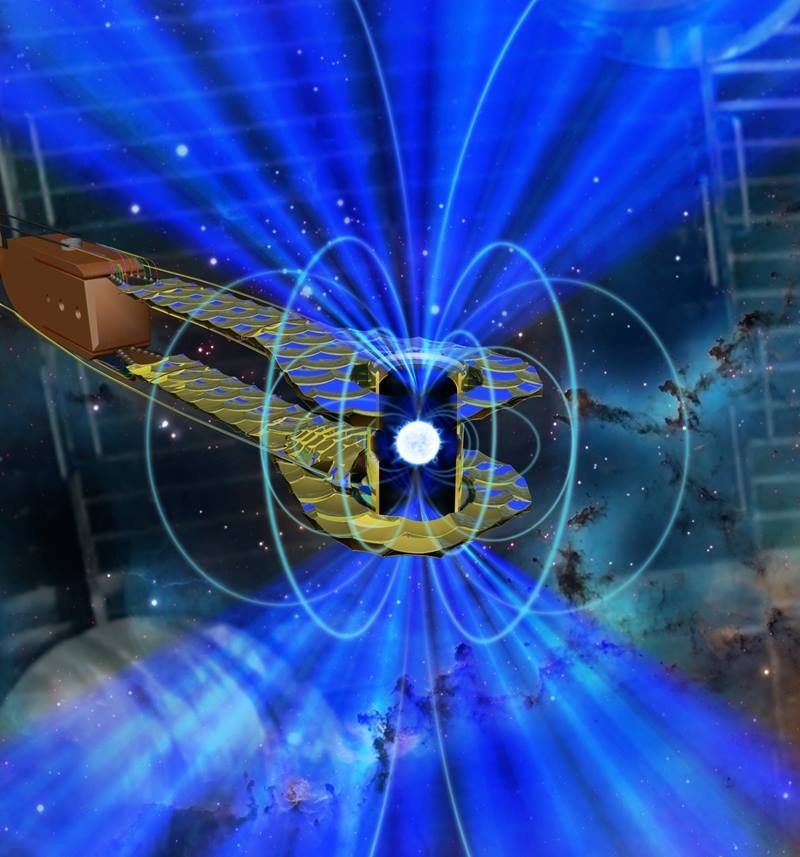The Science
The Impact
Scientists use white dwarf stars as cosmic clocks to help them determine the age of galaxies. These new experiments accessed the conditions found deep in the convection zone of white dwarf stars—the zone between a star’s core and its surface. These experiments also provided a critical experimental test of scientific models of white dwarfs. This will allow future work to construct better equations of state models. Equations of state describe variables such as pressure, volume, and temperature for specific matter under specific conditions. In addition, the work will also enable scientists to describe how white dwarfs behave and will open up a new area of research.
Summary
These experiments demonstrate a new platform for determining the behavior of matter at extreme pressures and temperature, in conditions similar to those found in stars. The team used pulses from the National Ignition Facility (NIF), a fusion research device at the U.S. Department of Energy’s (DOE) Lawrence Livermore National Laboratory (LLNL) that contains the world’s largest laser. The experiment created a converging, spherical-shockwave in a millimeter-sized plastic sphere that was heated by the laser to millions of degrees. Researchers are using a similar geometry to create a burning fusion plasma of hydrogen at even higher pressures. The results yielded a measurement of the relationship between pressure and density in the material. Here, the quantum behavior of matter, under conditions where atoms are closer than their electron orbitals, causes electrons to be ionized from their atomic cores, yielding “kinks” in what otherwise might be imagined as a linear relationship between pressure and density. The measurement of the equation of state of matter at high pressure increases our understanding of how stars evolve as they form, shine, and finally burn out.
Funding
This work was supported by LLNL’s Laboratory Directed Research and Development program; the University of California, Office of the President Lab Fee Grant; the Office of Fusion Energy Sciences within DOE’s Office of Science; the DOE National Nuclear Security Administration, and the LLNL NIF Discovery Science Program.



